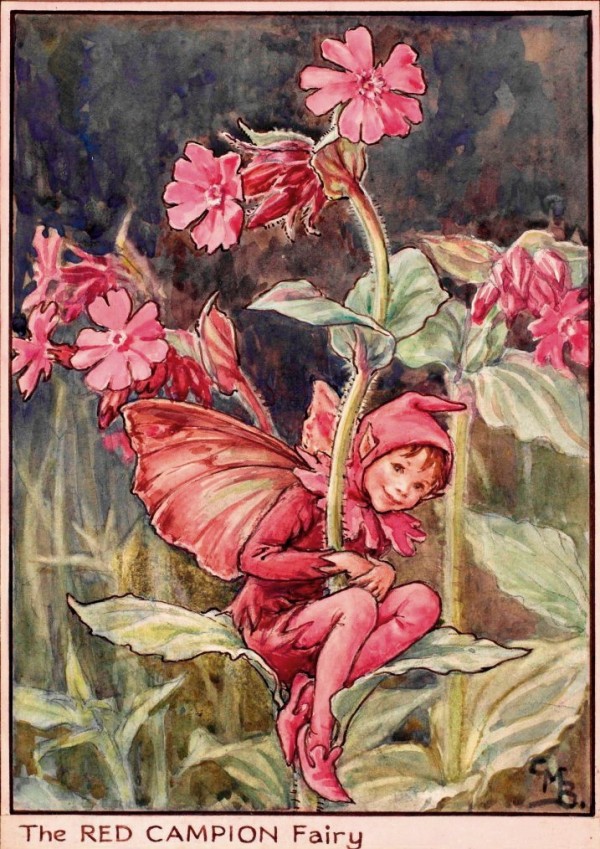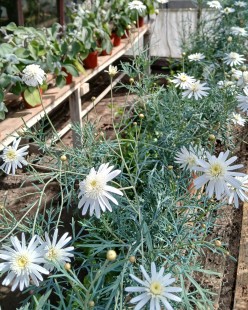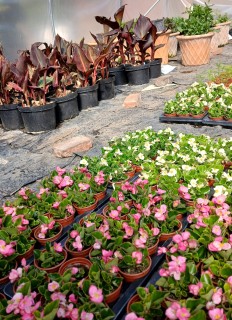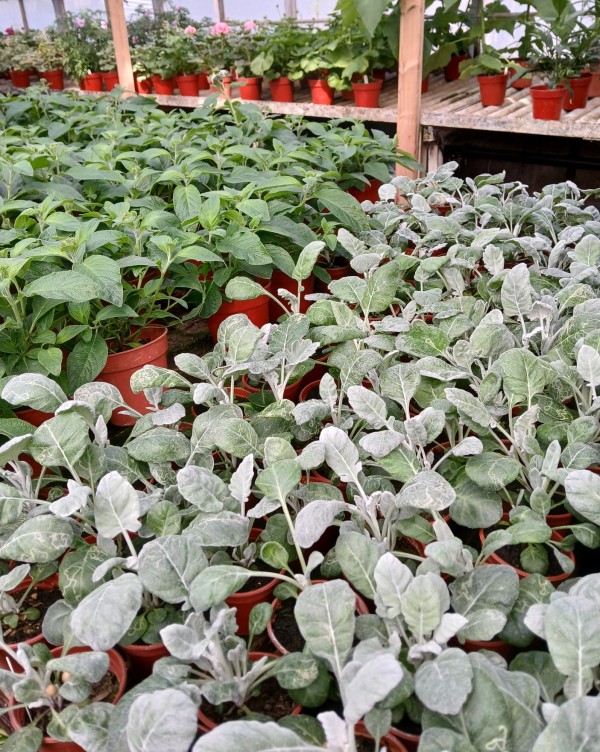Garden Blog - May 2025
The year races on, and we are in May already, where spring turns into summer. A whole host of sayings and traditions are associated with the month, but one nursery rhyme seems to make no sense at all.
Here we go gathering nuts in May,
Nuts in May, nuts in May,
Here we go gathering nuts in May,
On a cold and frosty morning.
Nuts in May? Nuts are an autumnal delight for both us gardeners and those pesky squirrels, and are most certainly not gathered in May. This little ditty is a superb example of ‘Chinese whispers’, as it evolved over several centuries from its original rhyme, that went like this.
Here we go gathering knots of May,
Knots of May, knots of May,
Here we go gathering knots of May,
On a cold and frosty morning.
Knots of May were bunches of mayflower, more commonly known today as hawthorn, that would be gathered by young folks and presented to a prospective suitor that had taken their fancy. Hawthorn has had an association with fertility since pagan times, and was the original ancestor of the maypole, which athletic types still dance around to this day. On a somewhat less cheery note, in medieval times, mayflower blossom was said to smell of the plague, and that if brought into the house then death would surely follow.
In our Wild Gardens, hawthorn joins bird cherry, horse chestnut, and masses of cow parsley, to fill the air with their heady scent. Wafting from voluminous clouds of frothy, pure white flowers, the whole experience thoroughly intoxicates the senses.
Elsewhere in the gardens, it’s time set about changing the seasonal displays in our pots, tubs, and urns, as summer schemes replace their winter counterparts.
Mature perennials such as brugmansias, dahlias, cannas, and Ethiopian black bananas, have returned nicely into growth, having been housed in our cool glasshouse to overwinter, and are now big enough to make an impact outdoors. Cuttings taken towards the end of last year, such as fuchsias, salvias, and heliotrope, are now mature enough to join them, as are half-hardy annuals grown from seed, such as the numerous varieties of love-lies-bleeding that we use.
Before planting out, however, it’s important to ensure that plants grown under cover are hardy enough to survive happily outdoors at this time of year. This is done by ‘hardening off’, by which plants are placed in a sheltered position outdoors for a few days before planting, to toughen them up a little. However, it’s essential that these plants are protected from frost, which could severely damage or even kill them.
A thoroughly hardy herbaceous perennial of interest in May, is red campion, known to botanically minded types as Silene dioica, which is currently flowering in our Wildflower Orchard. In the wild, this British native can be found in lightly shaded woodland, along hedgerows, in fields, ditches, and on roadside verges.
Its generic name is derived from Silenus, the Greek god of woodlands; while the specific epithet dioica, means 'two houses', and refers to the fact that red campion plants have flowers of one sex only. Therefore, a male plant must pollinate a female plant to make seed. Luckily, red campion flowers are an important source of food for various pollinating insects, including bees, butterflies, and hoverflies.
As is often the case with native wildflowers, folklore abounds around red campion. Of particular note, is its association with woodland fairies, as red campion is said to act as a guardian of their honey stores and hiding places. This piece of folklore plainly has a great deal of merit. After all, have you ever stumbled upon the honey store of a fairy, or found one hiding out somewhere?
On that thought, and until next month, happy gardening.
 |
 |
 |
 |
| Red Campion Fairy | Argyranthemum and plectranthus, ready for summer displays | Begonias, cannas and dahlias, ready for summer display | Heliotrope and senecio, ready for summer display |

